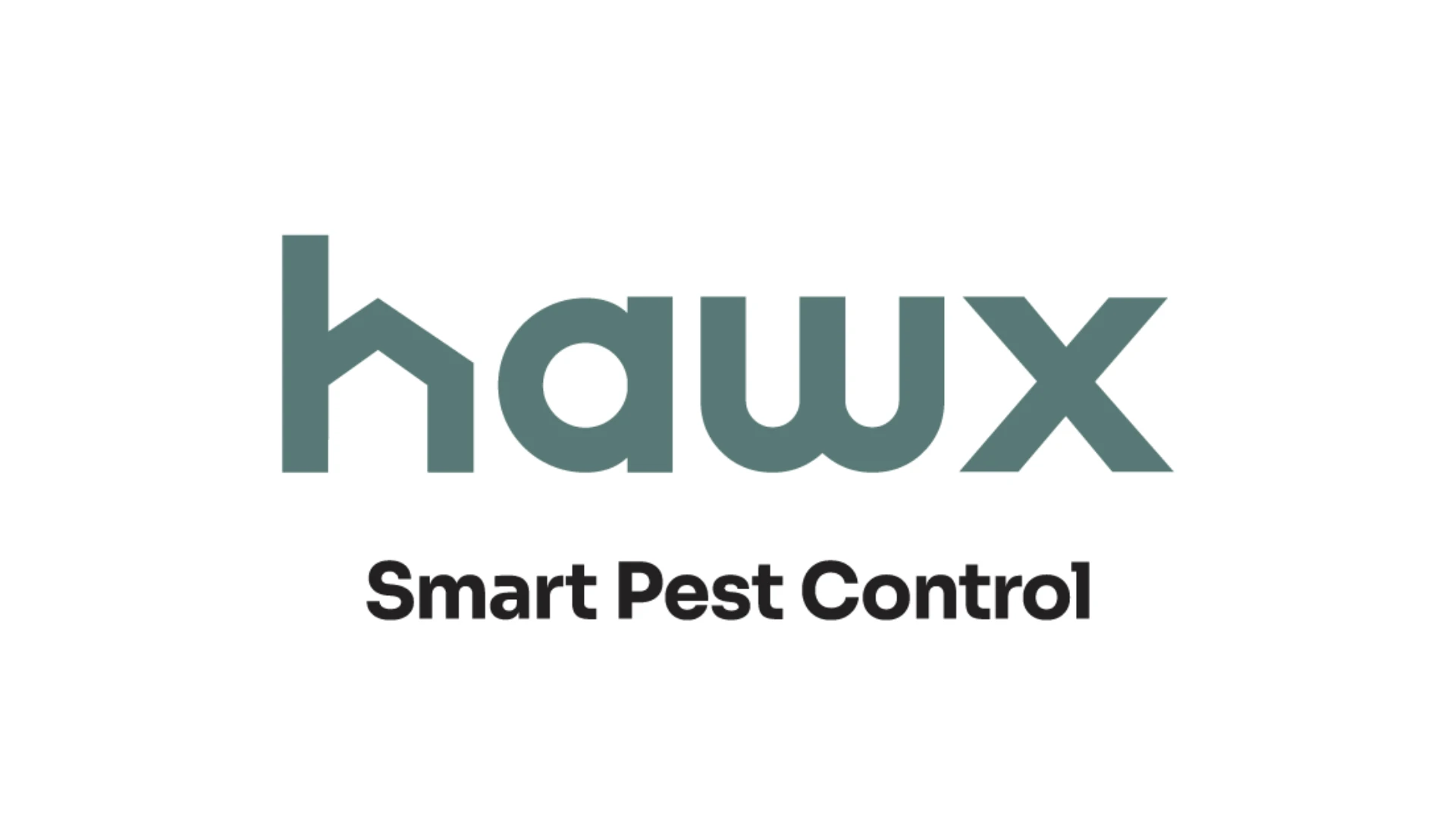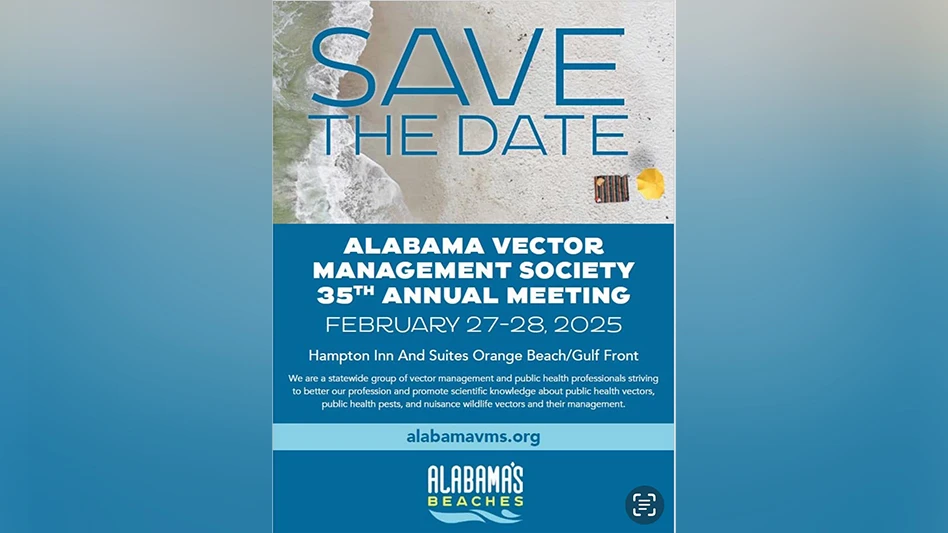This year I find myself in the hotbed of the West Nile virus. Infected birds were found in the metropolitan Washington, D.C., area and the alarm went out. The question remaining was, "What course of action should be taken?"
Last spring and the summer heard a crescendo in alarmism regarding the West Nile virus. Newspapers, radio and television stations fueled the public’s fear by dwelling on the West Nile virus’ inevitable arrival and its potentially devastating effects. Unfortunately, they did little to focus the public’s attention on what could be done in order to prevent the problem, i.e., eliminate mosquitoes through source reduction.
As the summer progressed with no reports of dead birds, human infections and infected mosquitoes, the public’s anxiety faded. But late in September, the first infected bird was discovered in Baltimore; more were found closer to the District; and still later, they were found within the District. However, despite the growing number of dead birds, no infected mosquitoes were collected and no human infections were reported.
Health officials became increasingly concerned about the number and widespread distribution of dead birds. Citizens, particularly those living near where the dead birds were discovered, expressed concern about contracting the disease and whether local governments were going to do anything to protect them.
WHAT NOW? Because it was too late for source reduction at that time of year, spraying was the only option that would have some impact on the adult mosquito population. As several counties and the District of Columbia prepared to carry out their mosquito adulticiding program using permethrin ultra-low-volume (ULV) applications, anti-pesticide groups rose up in arms.
The most outspoken group, the National Coalition Against the Misuse of Pesticides (NCAMP), initiated its anti-pesticide rhetoric and divided communities on how to deal with mosquito vectors. Some of their unfounded claims included:
• "The various pesticides that could be sprayed contain possible carcinogens and compounds known to depress the endocrine system. Some contain substances that could damage fetal development."
• "It is disingenuous for a public health official to attribute safety to pesticides (permethrin is the only product being considered) that have not been fully evaluated and that are controversial be cause of health effects cited in the scientific literature."
• "Is the cure worse than the disease? I would say yes," said NCAMP’s Jay Feldman.
It is unfortunate that people who make these unfounded claims never can be held accountable for their statements and untruths. That, however, is the privilege of freedom of speech.
My contention is that on many accounts, the cure is not worse than the disease. During the past year within the United States, the West Nile virus has claimed eight lives and more than 60 individuals have become seriously ill. WNV causes flu-like symptoms in humans and it is likely that the disease is more widespread than reported because it goes undiagnosed. This is not just a local issue since in Israel this past year the virus has claimed at least 19 lives.
THE TRUTH ABOUT PERMETHRIN. The use of permethrin for adult mosquito spraying has not produced any human fatalities and I seriously doubt that it has caused any documented human illness. So, at a minimum, on my United States scorecard it is permethrin 0 and WNV 8.
There are several reasons why per-methrin is an appropriate product to use for adult mosquito control: Permethrin was extensively tested by the U.S. Departments of Defense and Agriculture as a repellent for use on military uniforms. Subsequently, it was registered for use as an over-the-counter product to treat civilian clothing. It is used primarily as a mosquito and tick repellent and likely has been responsible for saving countless lives and preventing debilitating diseases such as dengue, malaria and Lyme disease. Permethrin underwent extensive animal and human testing before it was registered for this purpose 10 years ago and it has been used by millions of people without a single fatality.
Typically, permethrin is applied to clothing using a 0.5% aerosol formulation. One aerosol can (6 ounces) will treat two sets of long-sleeved shirts, long pants and two pairs of socks. The clothing can be worn within two hours after drying and the treatment will last for at least two weeks. I readily recommend this product to anyone who might be concerned about mosquitoes and ticks, e.g., hunters, gardeners, hikers and those within WNV-endemic areas.
Permethrin is also registered for use to treat adult mosquitoes using an ultra-low volume (ULV) application. For example, one of the products (20% permethrin) is applied at 0.0015 pounds per acre using a specialized dispenser capable of generating droplet sizes between around 8 to 20 microns in diameter. ULV applications are designed to deliver a small amount of insecticide over a large area, contacting mosquitoes when they are most active, typically at dusk. The average vehicle speed is 5 to 10 mph and the wind should be between 5 and 10 mph. These parameters provide the least amount of drift, increase the probability of hitting exposed adult mosquitoes and minimize the risk of adverse human and environmental effects.
BETTER TREATMENT. This having been said, I am not necessarily in agreement with the concept of treating for adult mosquitoes using ULV pesticide applications — particularly in mid-October. This has nothing to do with the perceived risks of using permethrin and other insecticides registered for adult mosquito control. ULV treatment should have been done earlier; now, the weather is an ally of the mosquitoes. Cold weather (colder than 50 to 55 degrees) reduces mosquito flight activity and greatly reduces the dispersion of the insecticide and the length of time
the droplets remain airborne. Thus, many adult mosquitoes would be unaffected by the treatments.
This is disheartening because in New York last year it was discovered that WNV was prevalent in overwintering adult mosquitoes that had taken refuge in protected areas throughout the city. This late in the game it would seem more prudent to direct pesticide applications at overwintering sites throughout the city, e.g., utility vaults, sewers, crawlspaces and other areas protected from freezing. Overwintering adult mosquitoes, some possibly infected with WNV, which will be active on warmer days and/or in the spring, can be reduced by the application of residual — preferably microencapsulated — insecticides to resting sites.
Many options are available to protect humans from the potentially deadly WNV. Yes, they involve the responsible use of pesticides. Considering the current status of WNV in the region, the only irresponsible option would be to do nothing, allowing the WNV to increase its fatality score.
The author is technical director of American Pest Management, Takoma Park, Md. He can be reached at rkramer@pctonline.com or 301/891-2600.

Explore the December 2000 Issue
Check out more from this issue and find your next story to read.
Latest from Pest Control Technology
- WorkWave User Conference Showcases Technology for Business Growth, Employee and Customer Retention
- Mahar Joins Cetane Associates as Manager of Administration
- Dr. Kathy Heinsohn Accepts Osmun Alumni Award at Purdue University
- Target Specialty Products Announces Distribution Agreement with Douglas Products
- FORSHAW Appoints Shane Dooley to President
- NPMA Shines ‘Spotlight’ on Rodenticides at Atlanta Event
- ActiveGuard Mattress Liners Offered to Philadelphia Fans Traveling to The Big Game
- Spider Hangouts





